Choosing Emergency Beacons for Your Boat
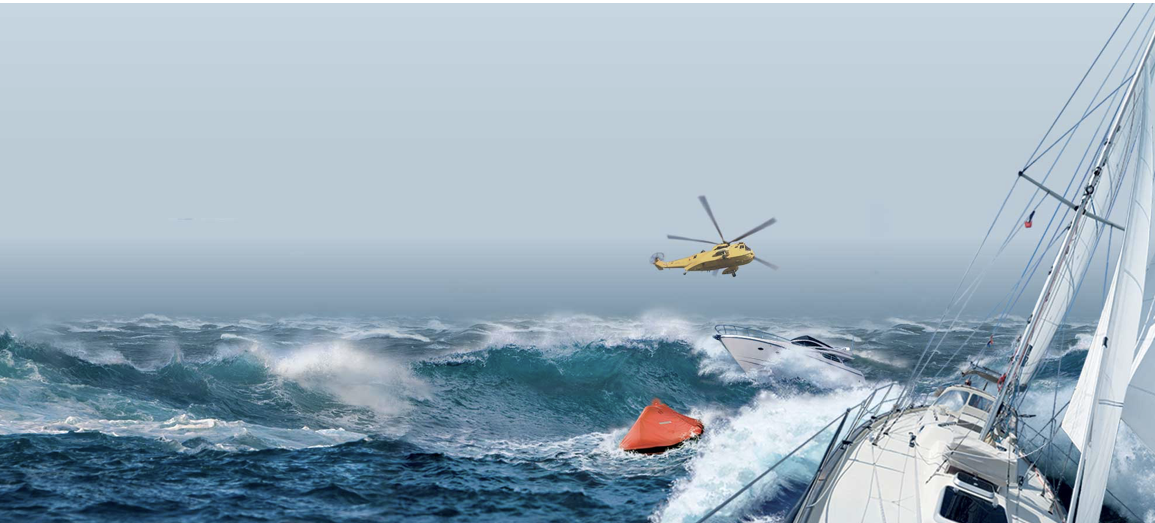
Emergency Position Indicating Radio Beacons (EPIRB’s) and Personal Locator Beacons (PLB’s) for mariners are a form of life insurance, something you hope not to need on any given voyage, but that you’ll definitely want desperately in a life-threatening situation at sea.
The devices can alert rescue services around the globe to your emergency, and the position-locating capabilities of each will direct them right to you.
Since the inception of Cospas-Sarsat system in 1982, distress radio beacons have assisted in the rescue of over 43,000 mariners, according to the agency. Today there are over 723,000 emergency beacons registered in the 406 MHz Registration Database, according to NOAA.
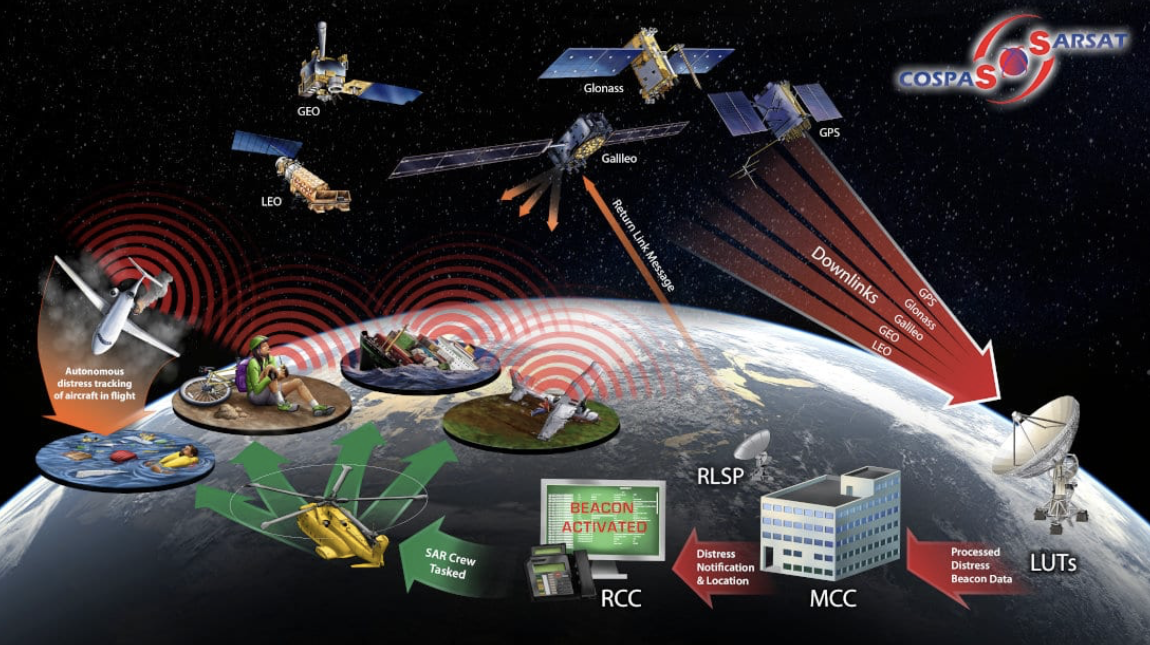
The U.S. SARSAT system uses GPS satellites in medium earth orbit as well as NOAA satellites in low-earth orbits and GOES satellites in geostationary orbits to detect and locate distress signals from emergency distress beacons. When an emergency beacon is activated, the signal is received by a satellite and relayed to the nearest available ground station.
The systems can detect and locate mariners, aviators, and recreational enthusiasts in distress almost anywhere in the world at any time and in almost any conditions.
The devices are required to be registered with government agencies, so that rescuers not only know that a rescue is needed, they know who you are or at least which boat is in need of aid. They can also notify those you choose ashore of the progress of rescue operations.
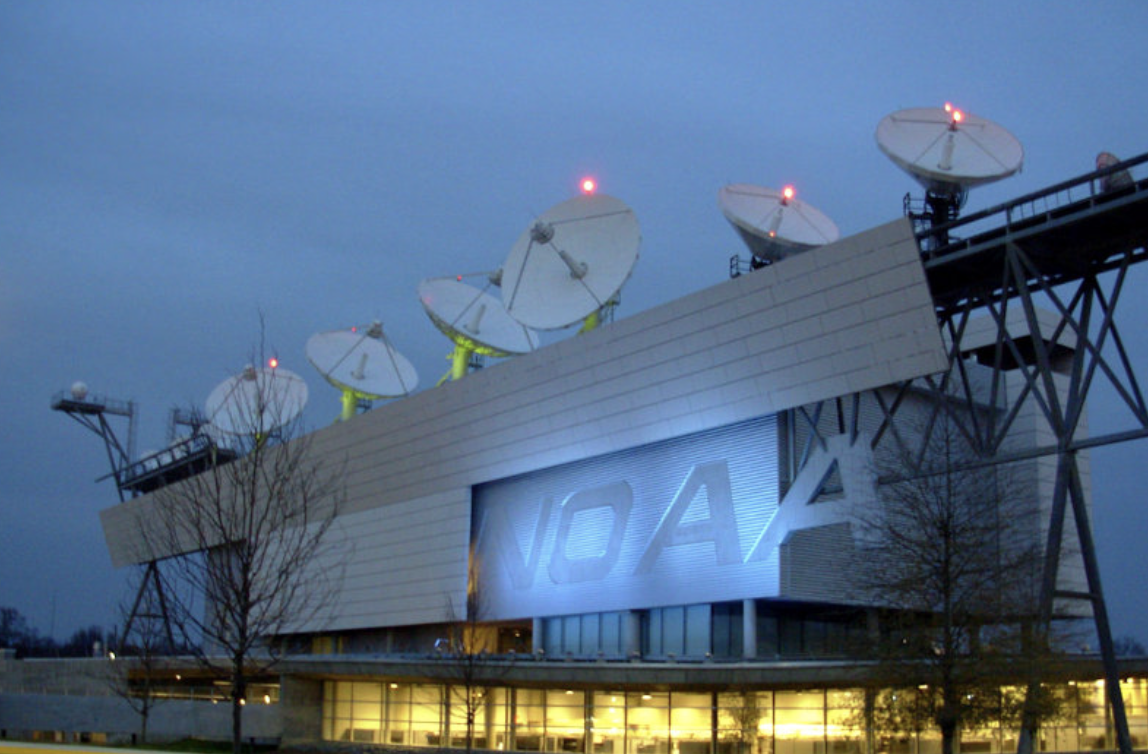
How EPIRB’s Differ from PLB’s
Both EPIRB’s and Personal Location Beacons function by sending a coded message on the 406 MHz distress frequency which is relayed via the Cospas-Sarsat global satellite system to emergency services.
An EPIRB is registered to a boat, while a PLB is registered to a person. This means if you switch boats, you need to re-register the EPIRB. PLB’s are registered to individuals and the registration is good where ever the registrant is, ashore or at sea and on any boat.
Both EPIRB’s and PLB’s can be registered with NOAA via the internet at: www.beaconregistration.noaa.gov. Registration is mandatory and is required by federal regulation. The registration form can also be faxed to: (301) 817-4565.

EPIRB’s are larger and heavier than PLB’s. This is no issue because they’re intended to be installed in a bracket aboard or carried in a ditch bag. The auto-activation devices go in a bracket and float to the surface and activate themselves should the boat sink. Manual activation devices are designed for carry in a ditch bag that goes with you into the life raft, should worse come to worst.
Class 1 EPIRB’s include a hydrostatic release device. If the unit is submerged to more from 4 to 14 feet (1.5 to 4 m), the unit deploys automatically and transmits a signal for rescue. However, if the boat sinks completely and you’re in a life raft or a pfd, the EPIRB will soon separate from you in the rough seas. For that reason, many users choose to keep a manually-activated EPIRB, a Class 2, in a ditch bag and take it with them in the life raft if worse comes to worst.
PLB’s are typically smaller than a cell phone, important because they’re designed to be carried in a pocket or clipped to a life jacket. They should stay with you at all times when aboard, critically important should you fall overboard. They’re an important asset for those who boat alone or who are on deck alone.

Don’t assume your cell phone can act as a sort of PLB, because anytime you’re out of range of a shore-based tower, your phone won’t work. Many also don’t survive a dunking, and of course they sink like stones. A PLB is a much better option. In fact, for those who work offshore, they are often required equipment, just as is a PFD, to give an idea of how important they are considered to be.
EPIRB’s float, while oddly enough, PLB’s are not required to do so. Most PLB’s are sold with a float-coat case, so they will float so long as they’re in the case, however. And some of the premium PLB’s do include flotation.
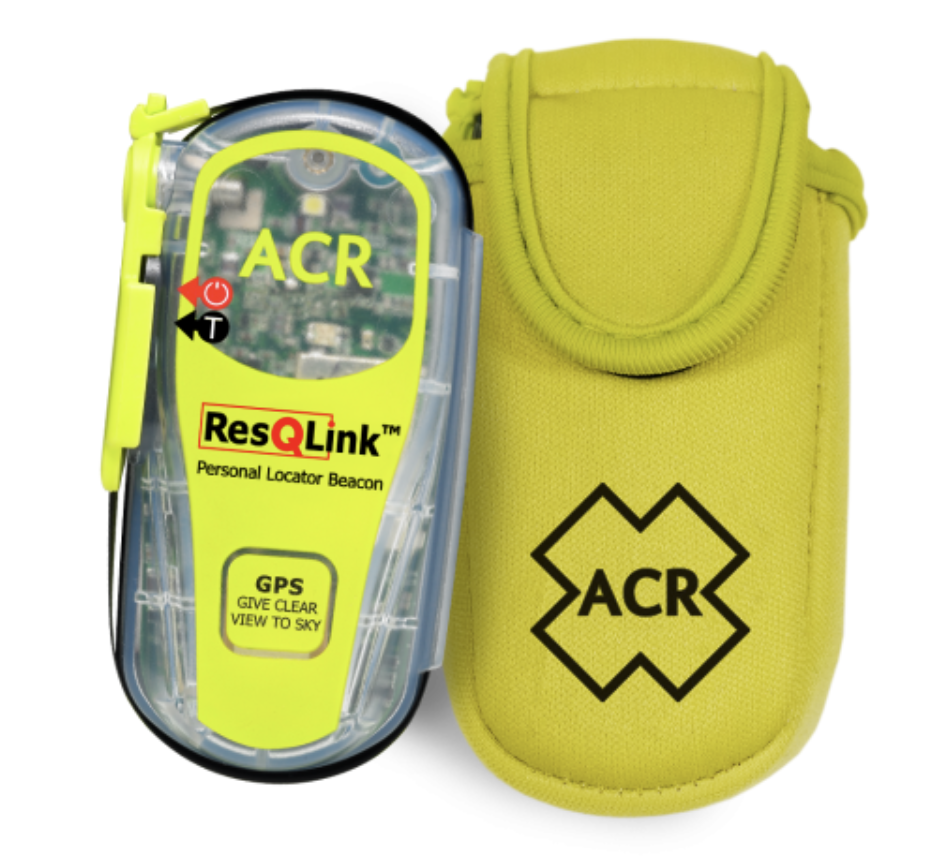
Battery Life
When activated, an EPIRB will transmit a signal for a minimum of 48 hours and the battery life is typically 10 years if unused.
PLBs, once activated, will transmit for a minimum of 24 hours and battery life is typically 5 to 7 years.
The date of production is stamped on the device, and checking to be sure the rescue devices are still within their battery-life window should be a part of preparing for every offshore venture. Some devices have a test feature that assures you the battery is functional and that the unit is sending out the needed signal, a very useful feature.
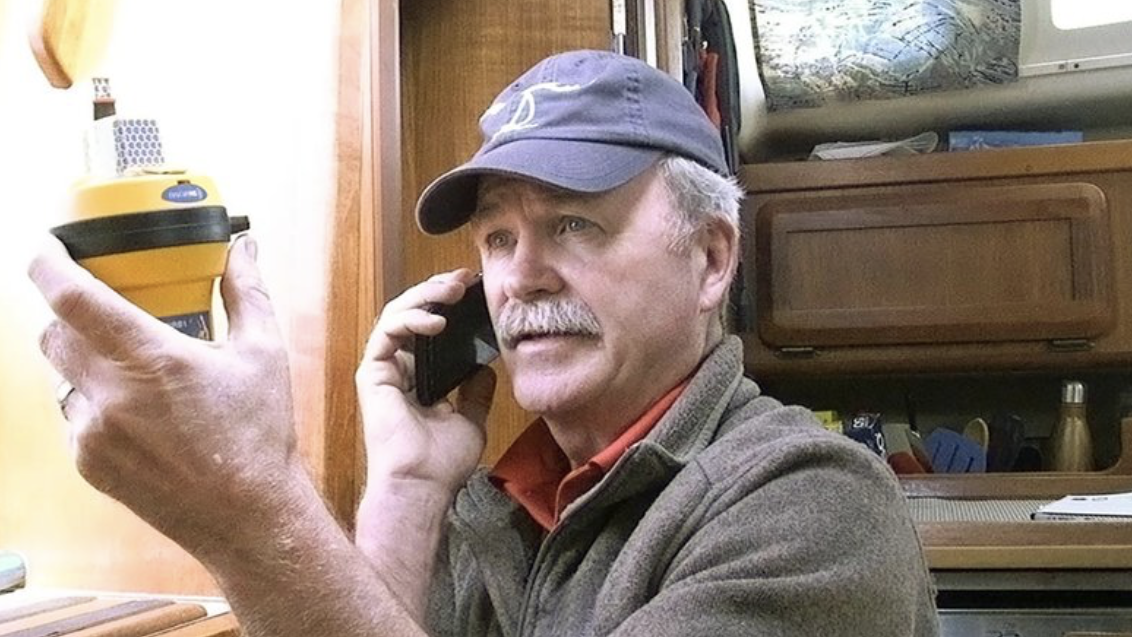
The Cost of Staying Safe
Last but not least, EPIRB’s are more expensive than PLB’s.
For example, the McMurdo SmartFind G8 AIS, which includes 406MHz, 121.5MHz, AIS and GNSS (better known as GPS) to accelerate search and rescue, lists for about $880 in Cat 1 configuration.
McMurdo’s FastFind PLB with GPS goes for just $290, some $500 less expensive.
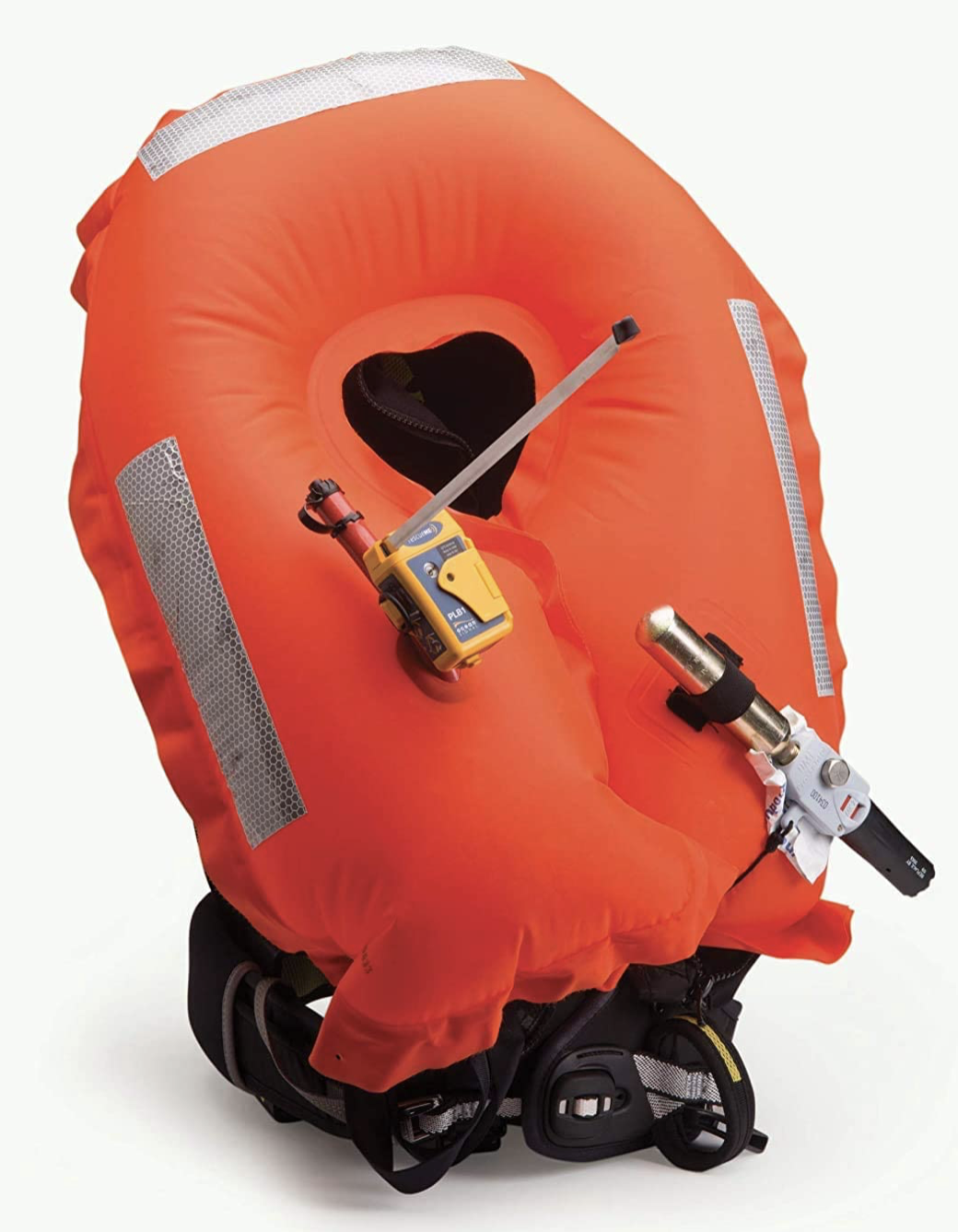
While it may be tempting to save the extra cash and just rely on the PLB, if you operate a significant distance offshore, it makes better sense to buy the EPIRB. Less expensive EPIRB’s with fewer features can also be found with careful shopping, with several in the $450 zone.
While both EPIRB’s and PLB’s have the same purpose, the EPIRB is going to keep sending out that rescue signal for at least 48 full hours if you have to activate it, while the PLB’s design parameters call only for 24 hour signaling. When you’re far at sea in a remote area, the longer signaling can literally save your life and those of your family and/or crew.
On the other hand, that high-end EPIRB won’t do you a bit of good after you’ve fallen overboard and are watching the stern of your boat—with the EPIRB aboard—disappear into the night.
A PLB should also be considered an essential part of offshore rescue gear.
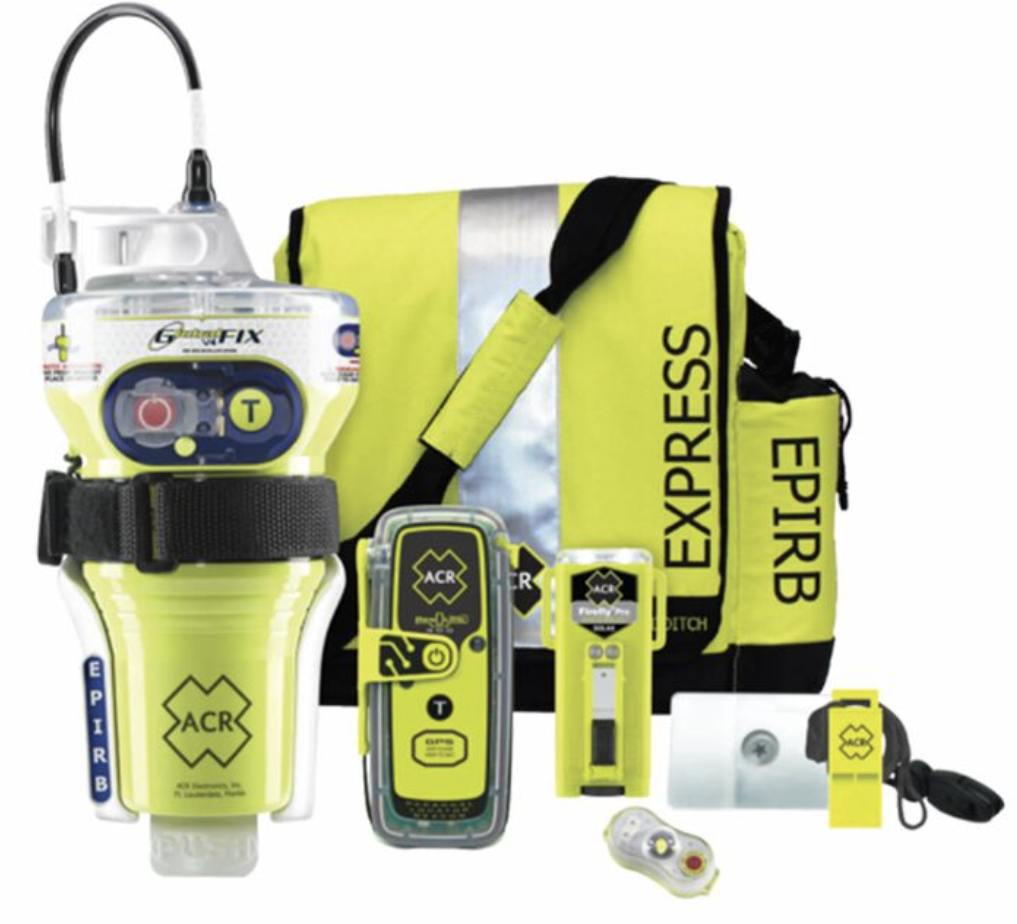
That’s why companies like ACR offer the ultimate cruisers package like their Survival Kit, which include both EPIRB and PLB along with other essentials for rescue—buy the package and you’re ready to go.
In Part 2, we’ll look at how added features on EPIRB’s and PLB’s including GPS and Return Link Service make these devices even more useful to mariners.